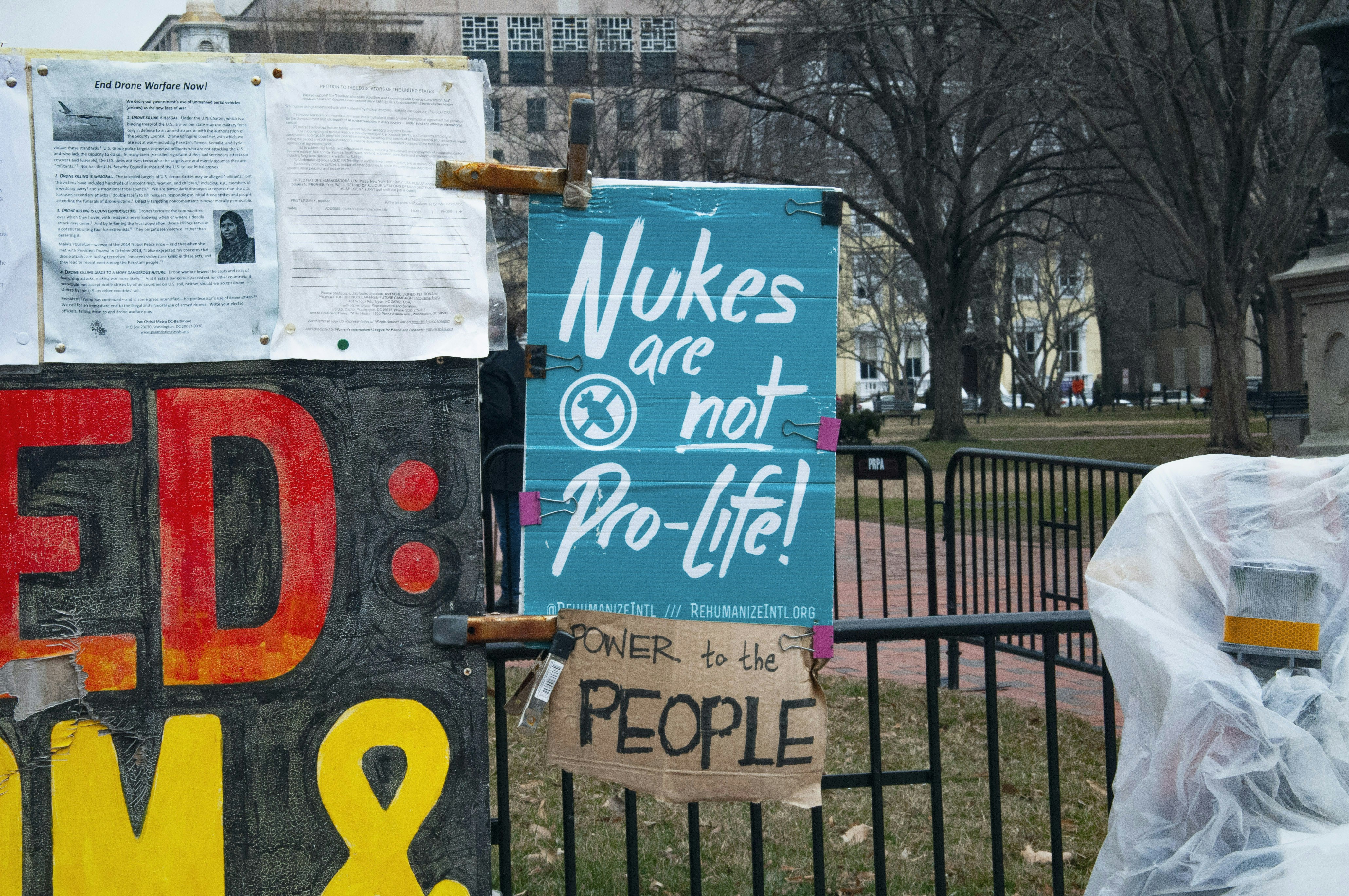
Introduction to the Renewed Negotiations
The diplomatic landscape is shifting as the U.S. and Iran prepare to resume nuclear talks. This pivotal moment follows years of tensions and escalating conflicts, with both nations expressing contrasting objectives. President Donald Trump is determined to curtail Tehran’s nuclear capabilities, fearing a potential regional arms race. Meanwhile, Iran is advocating for much-needed relief from sanctions that have severely impacted its oil-driven economy.
Clashing Red Lines
The primary challenge in these negotiations lies in the divergent goals of both parties. The U.S. aims to impose strict limitations on Iran’s nuclear development, ensuring that it does not lead to weaponization. In contrast, Iran’s focus is on alleviating the economic burden inflicted by sanctions which have crippled its economy since their implementation. Finding common ground will be essential for a successful dialogue.
Implications for Regional Stability
The outcomes of these negotiations carry significant implications for peace and stability in the Middle East. An agreement that successfully balances the U.S.’s security concerns with Iran’s economic needs could lead to a de-escalation of tensions in the region. Conversely, failure to reach a consensus may further exacerbate hostilities and provoke an escalation in military posturing. Both nations find themselves at a crucial juncture, where the decisions made in the coming discussions will resonate far beyond their borders.
Discover more from Techtales
Subscribe to get the latest posts sent to your email.